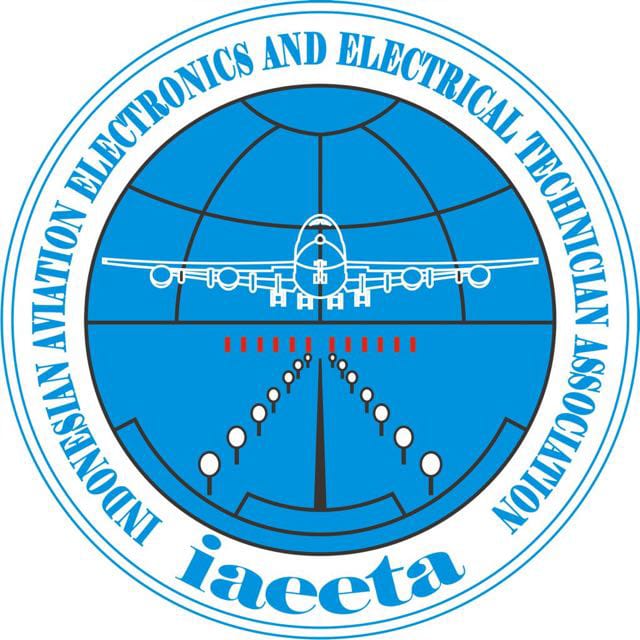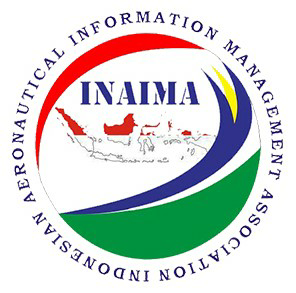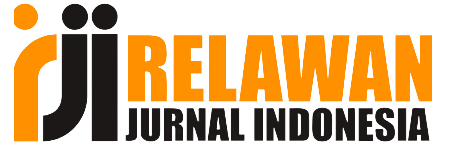Estimating Air Travel Demand in North Sumatra Using Gravity Model Approach with Economic and Route Analysis
Abstract
This study estimates regional air travel demand in North Sumatra Province using variations of the gravity model. The objectives are to identify key factors influencing air travel demand, estimate demand through different model formulations, and assess airport infrastructure adequacy for regional connectivity. Three models were developed, progressively incorporating economic indicators such as GDP per capita, population, and distance, alongside socio-economic variables like leisure attractions, hotel accommodations, universities, and health facilities. The methodology involved log-linear transformations and regression analysis to estimate parameters. Results revealed significant variability in air travel demand, driven by proximity and economic activity, with the population coefficient shifting from 0.707 in Model 1 to -0.178 in Model 3, as socio-economic variables like leisure attractions (0.811) and GDP per capita (0.813) became more influential. Findings also exposed disparities in airport coverage, highlighting the need for strategic infrastructure improvements, particularly for high-demand pairs like Medan - Mandailing Natal.
Downloads
References
Aisya, M., Saffah, S., Mardiyyah, R., & Wulandari, S. (2023). Peran Sektor Parisiwata Dalam Meningkatkan Pertumbuhan Ekonomi Sumatera Utara. El-Mal: Jurnal Kajian Ekonomi & Bisnis Islam, 4(6), 1629–1636. https://doi.org/10.47467/elmal.v4i6.3077
BPS. (2024). Produk Domestik Regional Bruto Per Kapita Atas Dasar Harga Berlaku menurut Kabupaten/Kota (rupiah) - Tabel Statistik - Badan Pusat Statistik Provinsi Sumatera Utara. https://sumut.bps.go.id/id/statistics-table/2/NDcwIzI=/produk-domestik-regional-bruto-per-kapita-atas-dasar-harga-berlaku-menurut-kabupaten-kota-rupiah-.html
Cattaneo, M., Morlotti, C., Malighetti, P., & Redondi, R. (2023). Airports and population density: where benefits outweigh costs. Regional Studies, 57(3), 576–589. https://doi.org/10.1080/00343404.2022.2060957
Das, A. K., Kumar Bardhan, A., & Fageda, X. (2022). What is driving the passenger demand on new regional air routes in India: A study using the gravity model. Case Studies on Transport Policy, 10(1), 637–646. https://doi.org/10.1016/j.cstp.2022.01.024
Grosche, T., Rothlauf, F., & Heinzl, A. (2007). Gravity models for airline passenger volume estimation. Journal of Air Transport Management, 13(4), 175–183. https://doi.org/https://doi.org/10.1016/j.jairtraman.2007.02.001
International Civil Aviation Organization. (n.d.). Future of Aviation. Retrieved November 17, 2024, from https://www.icao.int/Meetings/FutureOfAviation/Pages/default.aspx
Joyce, S. C., Meeran, A., & Agrawal, A. (2021). A global population-driven perspective on South-East Asia’s air transport growth prospects in the 21st century. Transportation Research Procedia, 56, 79–87. https://doi.org/10.1016/j.trpro.2021.09.010
KNOWNASCC. (2023). Demography - ASCC Knowledge Hub. https://knowascc.asean.org/fact-figure/01-demography/
Lanning, D. R., Harrell, G. K., & Wang, J. (2014). Dijkstra’s algorithm and Google maps. Proceedings of the 2014 ACM Southeast Regional Conference, 1–3. https://doi.org/10.1145/2638404.2638494
Nasution Ade Rezkika, Chalil Diana, & Lubis Satya Negara. (2021). Comparative Analysis of CPO Transportation in Sumatera Utara Province. International Journal of Research and Review, 8(2).
Nguyen, Q. H. (2023). The causality between air transport and economic growth: Empirical evidence from regions in Asia. Research in Transportation Business & Management, 47, 100948. https://doi.org/10.1016/j.rtbm.2023.100948
Samunderu, E. (2023). Demand Patterns in Air Passenger Transportation: Application of Gravity Model (pp. 113–149). https://doi.org/10.1007/978-3-031-29324-5_4
Sefrus, T., Priyanto, S., Parikesit, D., Dewanti, -, & Irawan, M. Z. (2020). Kualanamu International Airport: Current Development toward Aerotropolis. International Journal on Advanced Science, Engineering and Information Technology, 10(2), 866–872. https://doi.org/10.18517/ijaseit.10.2.7999
Śleszyński, P., Olszewski, P., Dybicz, T., Goch, K., & Niedzielski, M. A. (2023). The ideal isochrone: Assessing the efficiency of transport systems. Research in Transportation Business & Management, 46, 100779. https://doi.org/10.1016/j.rtbm.2021.100779
Teresco. (2010). A Dijkstra’s algorithm shortest path assignment using the Google Maps API: poster session. Journal of Computing Sciences in Colleges, 25(6), 253–255.
Verleger Jr. (1972). Models of demand for air transportation. Bell Journal of Economics, 6(1), 437–457.
Zhang, Y., & Zhang, A. (2020). A review of connectivity utility models and their applications. In Air Transport and Regional Development Methodologies (pp. 26–44). Routledge. https://doi.org/10.4324/9780429021855-3
Copyright (c) 2025 Ahnis Zulkarnain, Hisar Monongam Pasaribu, Javensius Sembiring

This work is licensed under a Creative Commons Attribution-NonCommercial-NoDerivatives 4.0 International License.



.png)


1.png)
.png)












